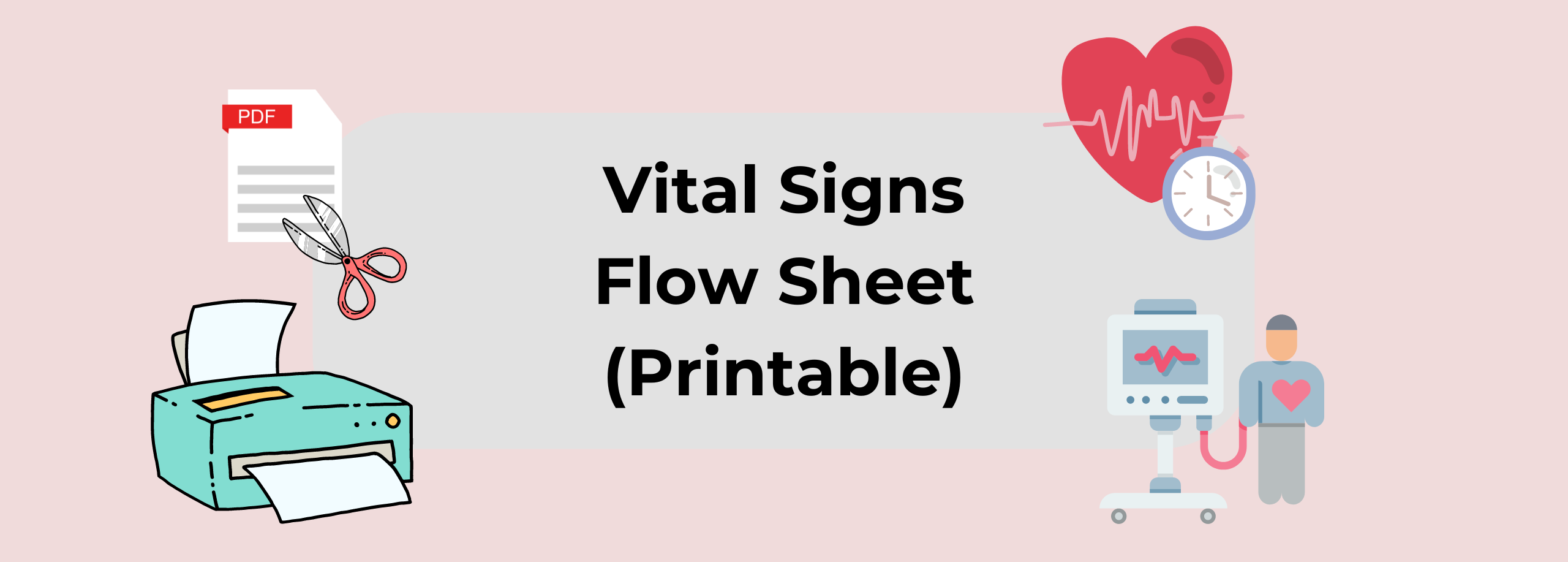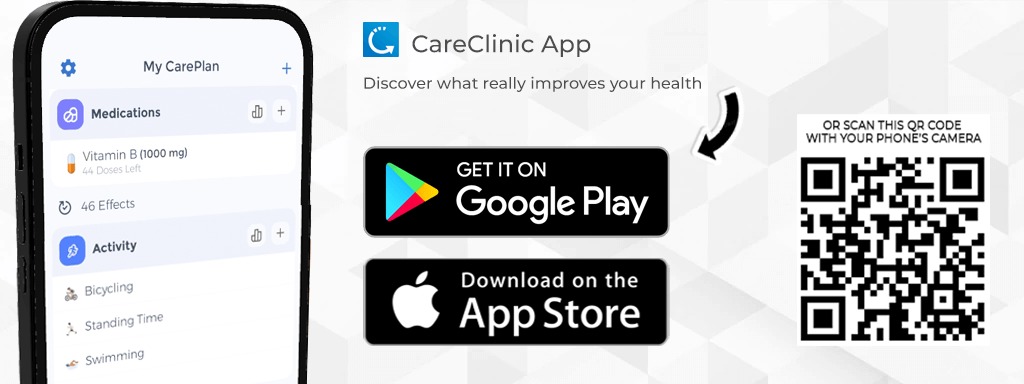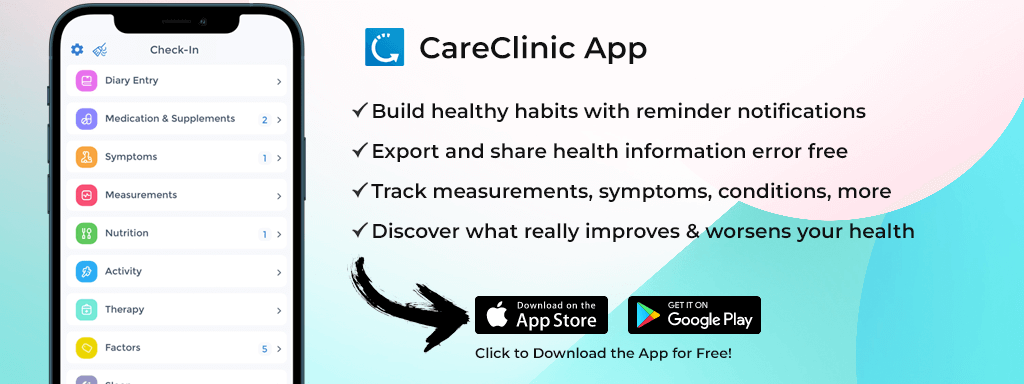

Our vital signs are a measure of the health of our bodies. They tell us how well our organs are working and can give us early warning signs of illness or injury. Vital signs are important because they give us an indication of how well our bodies are functioning. By monitoring these vital signs, we can get early warning signs of illness or injury and take action to treat them before they become serious. These can be recorded in a “vital signs flow sheet” that we will link to below that you can print a PDF version of. To get started, here are the four main vital signs you will be recording:
The vital signs flow sheet is a tool that doctors and nurses use to track a patient’s vital signs over time. It is a record of a patient’s vital signs over a period of time, usually 24 hours. The vital signs flow sheet can be used to track trends in a patient’s vital signs and to identify any potential problems.
The vital signs flow sheet should be used at least once every 24 hours. It can be used more often if a patient’s vital signs are changing rapidly or if there is a concern about a potential problem. The vital signs flow sheet can be used to track a patient’s vital signs over time. The vital signs flow sheet can be used to track trends in a patient’s vital signs and to identify any potential problems.
Doctors and nurses use the vital signs flow sheet to track a patient’s vital signs over time. The vital signs flow sheet can be used to track trends in a patient’s vital signs and to identify any potential problems.
There are four vital signs: body temperature, heart rate, respiration rate, and blood pressure. To take someone’s vital signs, follow these steps:

If you are recording vital signs for yourself or a dependent, you will need to record the following information:
How to store and manage a printable vital signs flow sheet
If you are using a paper version of the vital signs flow sheet, you will need to store it in a safe place. You should also keep track of the date and time of vital sign measurements, as well as the readings for each vital sign.

Steps to use an app like CareClinic to save vital signs to share with your health care providers:
If you are pregnant, it is important to monitor your vital signs closely. You should see your doctor if you experience any of the following:
There are a few things to keep in mind when taking or reading someone’s vital signs. Make sure the person is relaxed: Taking vital signs can be stressful, so it’s important to make sure the person is relaxed before taking their vital signs. Check the equipment: Make sure the thermometer is clean and the batteries are fresh. Check the sheet notes: Make sure the document is legible and up to date. Lastly, follow up with a doctor: If you have any concerns about a person’s vital signs, follow up with a doctor.
If you miss recording a vital sign, make sure to record it as soon as possible. Make a note of the date and time when the vital sign was taken. If you have any concerns, follow up with a doctor.
You can download a free vital sign sheet form below although we do recommend using your smartphone to download the CareClinic app for added security and convenience. The form includes space to record vitals for yourself or a dependent. The vital signs should be recorded in the following order: Body temperature, Heart rate, Respiratory rate, Blood pressure, and Pain (optional). Continue to print a page for each week and compile all the documents together so as to make it easier to read and search for answers to questions.
Vital signs are an important part of pregnancy and should be monitored closely. There are a few things to keep in mind when taking or reading someone’s vital signs, such as making sure the person is relaxed, checking the equipment, and checking the sheet notes.
If you miss recording a vital sign, make sure to record it as soon as possible. Follow up with a doctor if you have any concerns. You can download a free vital sign sheet form or use the CareClinic app to make taking measurements much easier!
– https://www.mayoclinic.org/symptoms/vital-signs/basics/definition/sym-20050648
– https://www.webmd.com/a-to-z-guides/tc/vital-signs-topic-overview
– https://myhealth.alberta.ca/health/pages/conditions.aspx?hwid=zq1164
![]()
Akshay, the Founder of CareClinic, is driven by his passion to improve healthcare. He regularly hosts a self-care podcast, featuring experts from diverse health fields, showcasing his commitment to enhancing health and wellness knowledge. Akshay aims to leverage his expertise and innovative approach to simplify health and wellness management for all, reflecting his dedication to making healthcare more accessible and user-friendly.
Latest posts by Asher (see all)